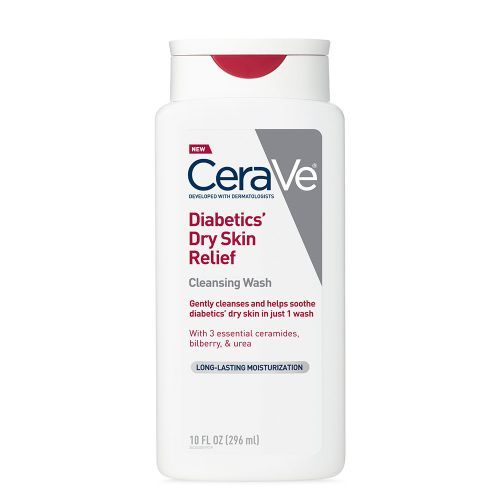Measurement of glucose has been the cornerstone and bedrock of diabetes diagnosis for the last 100 years; however, it does have problems. Initially, the assays measured reducing sugars and were not specific. Enzyme assays have largely negated this problem.
Accuracy and precision are not problems in well - run laboratories with appropriate quality assurance in place but the advent of glucose meters has caused problems. They are efficient if carefully used, properly controlled and calibrated but the coefficient of variation can often be as high as 20% in field use, making them unsuitable for diagnostic purposes.
There are other problems unless blood is separated immediately after withdrawal from the subject there is a steady loss of glucose even when fluoride or other preservatives are present. This can range from 5 to 20%.
There are also potential problems with the subject tested. Fasting glucose is reasonably reproducible but can be influenced by drugs or coexisting conditions, or the patient may not have fasted appropriately. The OGTT is notoriously variable from day to day within the same individual and is unreliable when they are close to the threshold for diagnosis.
It has long been deemed the gold standard but this is more by common usage and because there was no alternative. This has become more important as more screening programs take place and people with asymptomatic diabetes are sought.
RELATED POSTS
Known Factors That Can Lead To
Diabetes
How Do You Count Carbohydrate Intake?
Lose Weight and Exercise Regularly
Cut Back on Saturated Fats and Avoid Trans Fats
Around the Web




































